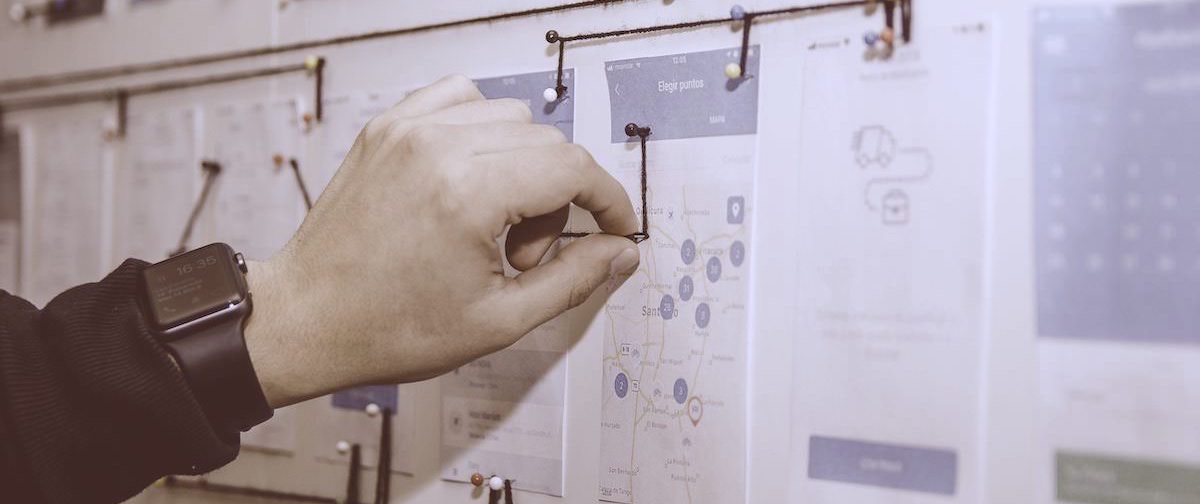Interim.works
News
How Interim Managers do what they do

Here is some insight into how an Interim Manager operates provided by toolshero.com
Temporary Interim Management assignments vary in duration, scope, and requirements. However, there are a number of phases that are typical for how interim managers carry out their work. The first stage starts with the interim executives acting as consultants. They prepare themselves for the implementation and change phases.
Phase 1: Introduction and entrance
When an organisation in trouble decides to get the help of an interim manager, the process starts. The first thing a company does when contacting different interim managers is looking at which candidates are suitable for the challenge. If they find the right candidate, the first phase officially starts with a couple of meetings, resulting in a preliminary hiring of the interim executive.
Phase 2: Diagnosis
The hired interim manager investigates the situation, the problem, and the organisation. He establishes how the situation evolved, who the stakeholders are, and other relevant aspects. During this phase, they develop a more detailed understanding of what is going on. The diagnostic phase takes up to a week.
Phase 3: Proposal
After making the diagnosis, the interim manager starts working on a detailed proposal that includes objectives and milestones along the way. The proposal is presented to the stakeholders, who then make a decision. If the proposal differs significantly from the vision held by the stakeholders, the interim manager will have to tweak it. Another option is for the company to go with a different expert.
Phase 4: Implementation
If they approve the proposal, the interim manager is given the green light to implement the changes. The interim manager manages the project, monitors progress, and regularly organises feedback and evaluation meetings with the company, their client.
Phase 5: Exit
When the interim project comes to an end, the objectives should have been met, and the client is hopefully satisfied. This phase is mostly about transferring knowledge and finding the right people to close knowledge and or skill gaps. It’s usually the end of the relationship between the company and the interim manager. Sometimes they continue to consult or stay on with the company for a follow-up assignment.
Janse, B. (2019). Interim Management. Retrieved 26 Aug 2020 from toolshero:
https://www.toolshero.com/management/interim-management/
Our latest articles
DO NOT HIRE AN INTERIM MANAGER
There are many reasons why you would not want to hire an interim manager, aren’t there? True or False: Lets take a look 1. Familiarity with the business You need a manager who understands your business and the people in it – an interim manager ...
Benefits for the Interim Manager
Interim management leads to meeting challenges, flexible working and hopefully financial freedom. Challenges Some are Interim Managers as a career choice, others occupy Interim positions whilst looking for a new role. What they have in common is ke...
INTERIM MANAGERS FOR INTERIM OFFICES
Covid 19 has been a major disruptor. In 2018 and 2019 there was an abundance, perhaps even oversupply of serviced offices and co-working spaces. Hip and popular with start-up companies, there was an increasing trend for businesses to rely on smalle...
INTERIM MANAGERS FOR A START UP
Much is spoken and written about the secrets of start-ups. In the early stages start ups may have a staff of one, or at least a very small group of people covering all the bases. Phrases like “Just Do It” or the less polite “JFDI” often pr...
How to ensure your Interim Manager Delivers
You can dramatically boost the performance of your team by employing an Interim Manager, but you need to put some things in place to make him succeed. You need to supply a very clear brief, so that the best Interim Manager can be selected. Having a...
I want to be an Interim Manager – how do I get assignments
Those thinking of Interim Management will typically have spent at least 10 years in a particular sector or industry. But no two interims are alike! If you want to be an Interim Manager, start by taking stock. Find out as much as you can about the c...
How Interim Managers do what they do
Here is some insight into how an Interim Manager operates provided by toolshero.com Temporary Interim Management assignments vary in duration, scope, and requirements. However, there are a number of phases that are typical for how interim managers c...
Interim Management Professional Bodies Worldwide
If you are new to Interim Management, you may not have come across the professional bodies which represent and promote the industry. There are many, in different countries, with a heavy concentration in Europe where Interim Management is credited...
Interview tips for Interim Managers
If you are venturing into Interim Management after many successful years in management, the chances are that the last interview you attended was as the interviewer and not the interviewee. The interview of an aspiring Interim Manager is not so muc...
How to recruit an Interim Manager
Selecting the right interim manager is critical, there is no time to “bed in” and so the skills and cultural fit must be right from the beginning. 1. Build the business case As with any other staffing decision you need to identify the need...
We are often asked IM vs Temp
We are often asked “what is the difference between Interim Management and temporary or contract employment?” In one sense there appears to be little difference. You may be employed on a temporary or short term contract and still be an Interim Ma...
The lure of Interim Management
Recent surveys have confirmed that interim executives love their work. Having shaken off the constraints of corporate employment they are now able to “choose their challenges”. Interim managers value the ability to achieve a better work life bal...
Why should I be an interim manager?
Have you worked for many years in your area of expertise? You have built up a huge reservoir of knowledge, a good network of fellow professionals and perhaps you have paid off your mortgage and are not quite so dependent on a regular pay cheque. You ...
When to use Interim Management?
You have certainly heard of Interim Management , but have you thought about using it in your situation? An interim manager is not just another person to fill an organisational gap, he/she is a strategic instrument, who brings expertise and manageme...
Providing an Interim Finance Director in China for a Swiss company
Key lessons regarding cross-border solutions in Interim Management The Situation The client is a globally active technology group with its headquarters located in Switzerland. The Group Human Resource Director approached butterflymanager GmbH, the ...
Interim Manager in China for Automotive Manufacturer
The Situation IXPA was asked to supply an interim manager in China to help one of the world’s leading manufacturers of luxury cars. Headquartered in Germany, it has a global production and distribution network, employing 115,000 people. Support wa...
















